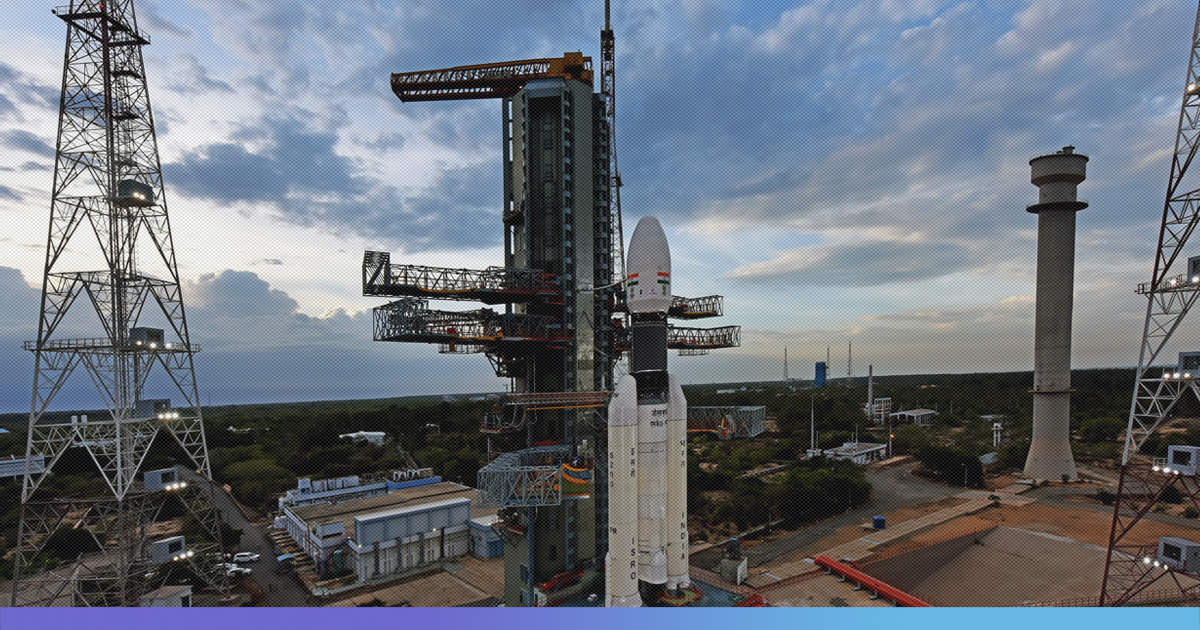Indian Space Research Organisation (ISRO) has called off the launch of Chandrayaan-2, after a technical snag was found just an hour ahead of the launch in the early hours of July 15, 2019. It was to be launched at 2:51 am. The countdown was frozen at 56:24 before lift off at 1.55 am.
Stating that the launch has been called off, for the time being, ISRO tweeted that a technical snag was observed in launch vehicle system at 1 hour before the launch.
A technical snag was observed in launch vehicle system at 1 hour before the launch. As a measure of abundant precaution, #Chandrayaan2 launch has been called off for today. Revised launch date will be announced later.
— ISRO (@isro) July 14, 2019
It is being reported that technical snags were noticed while the rocket was being fuelled with cryogenic fuel. It may take days to detect and correct the issue.
The Mission
With Chandrayaan-2, India’s second lunar exploration, ISRO is planning to become the first country to touch down on the South Pole of the moon.
For the first time, ISRO will be experimenting “soft landing” to place an orbiter in the moon’s orbit with Chandrayaan-2. Earlier with Chandrayaan-1, ISRO tried crash landing for placing an orbiter in the moon’s orbit.
If the soft landing is successful, India will become the fourth country in the world to do so, after the United States, the U.S.S.R. and China.
Components of Spacecraft
The spacecraft has three components: the orbiter, the lander and the rover, and will travel a distance of 3.84 lakh km before reaching the moon’s orbit.
Of all the three elements, the orbiter will scan for major elements including water and send 3-D map, which will help in the study of minerals present on the moon’s surface; the lander will study moon-quakes, lunar thermal properties and plasma near the landing site; the rover will analyse the composition of elements on lunar surface.
The cost of the mission is Rs 603 crore, with an additional cost of Rs 375 crore for the launch.
Time Taken By Chandrayaan 2
Once it is launched, Chandrayaan 2 will take 16 days to reach the earth’s orbit using the rocket’s propulsion system. And further to reach moon’s orbit, Chandrayaan 2 will perform a series of Trans Lunar Injection burns, which increases the spacecraft’s velocity, to reach the vicinity of the moon. Due to perpetual change in the moon’s location, the spacecraft will take six days to reach the vicinity of the moon from circular low earth orbit.
The Logical Indian hopes that the date of the revised launch is announced soon.
Also Read: ISRO’s Chandrayaan – 2 To Carry NASA’s Laser Retroreflectors To The Moon











